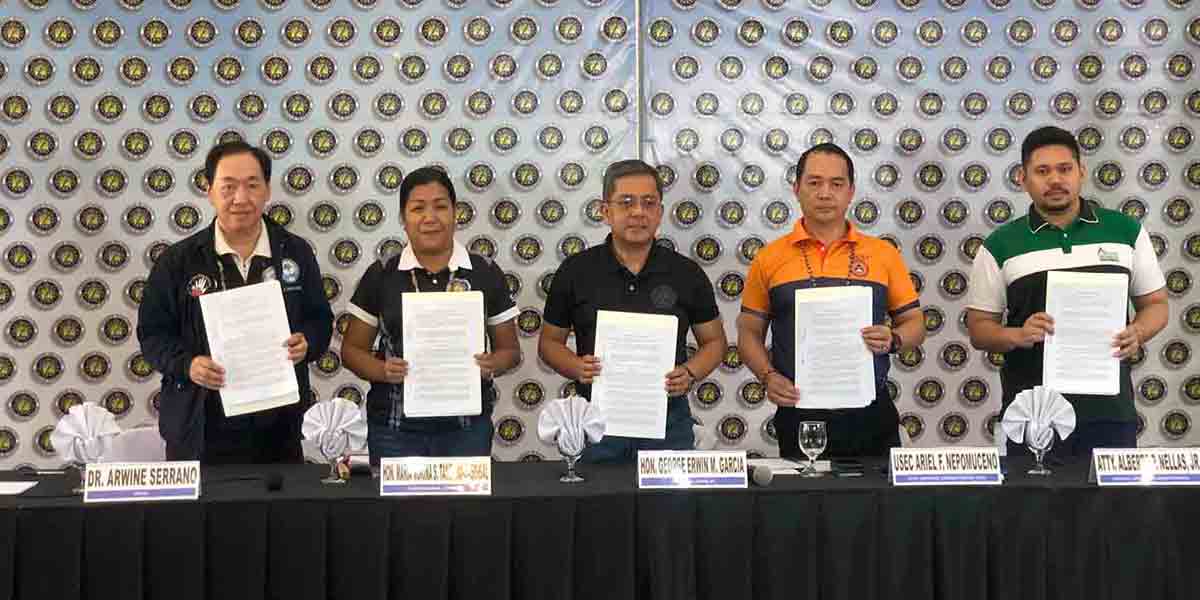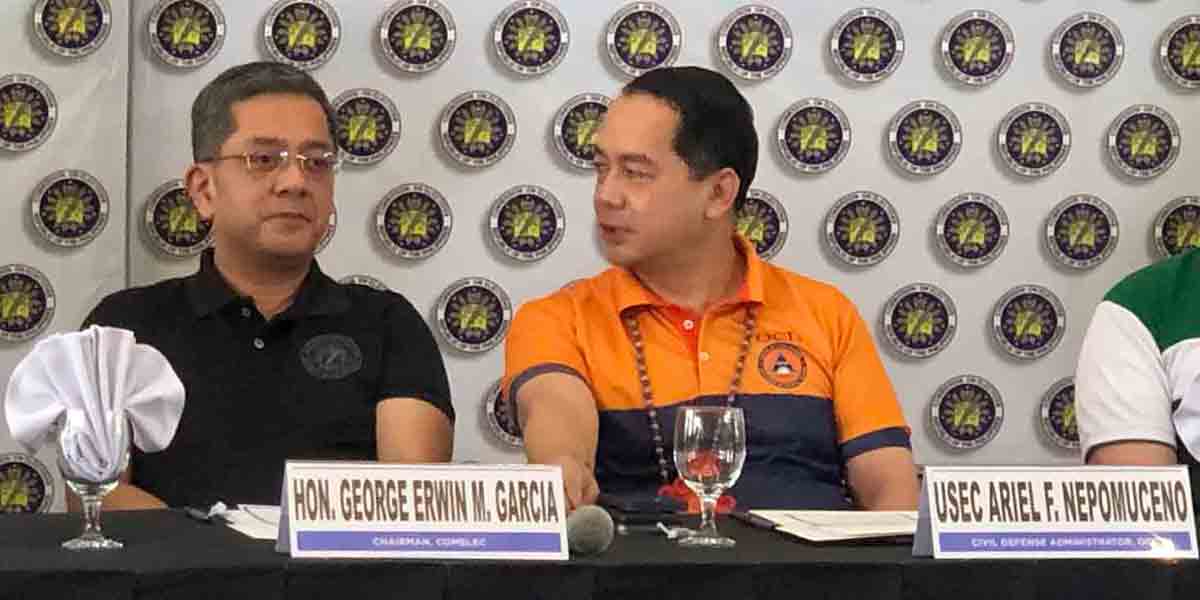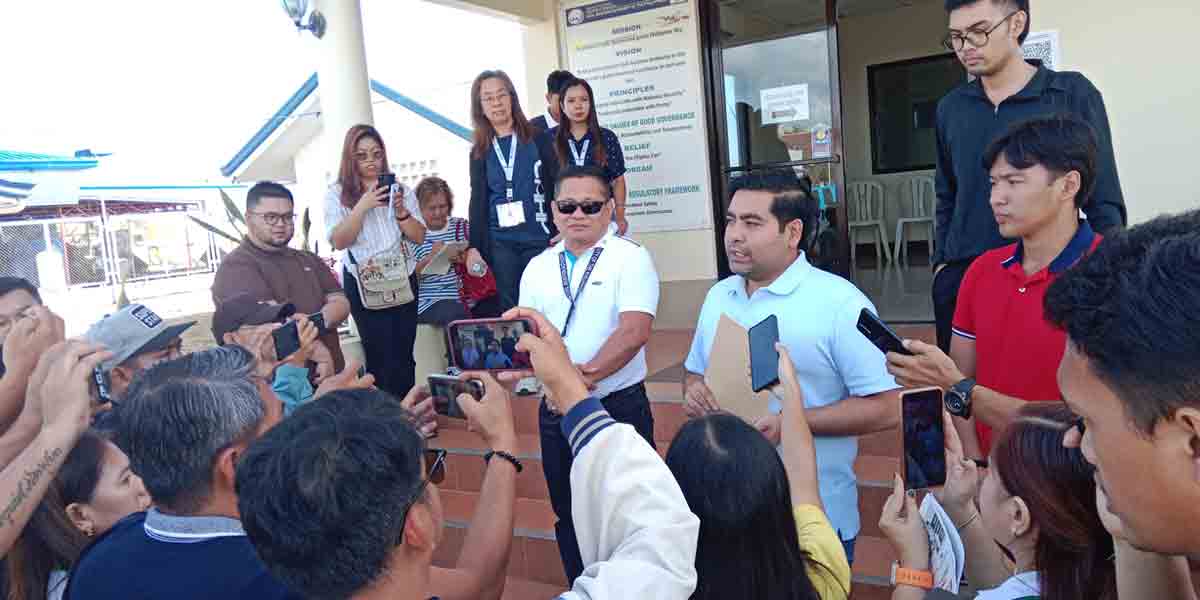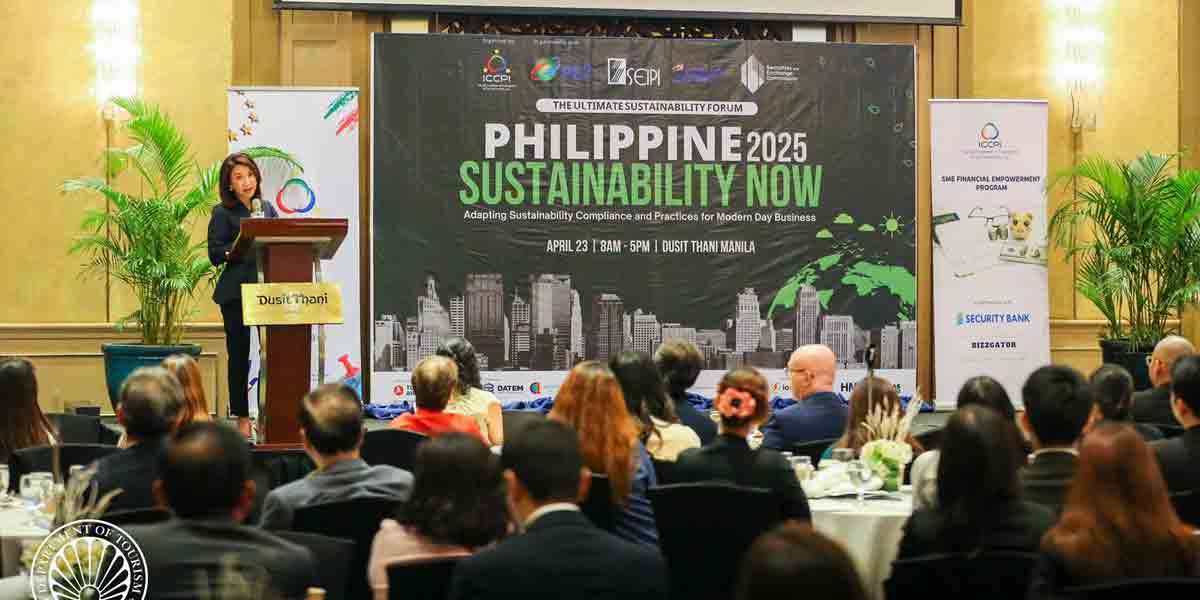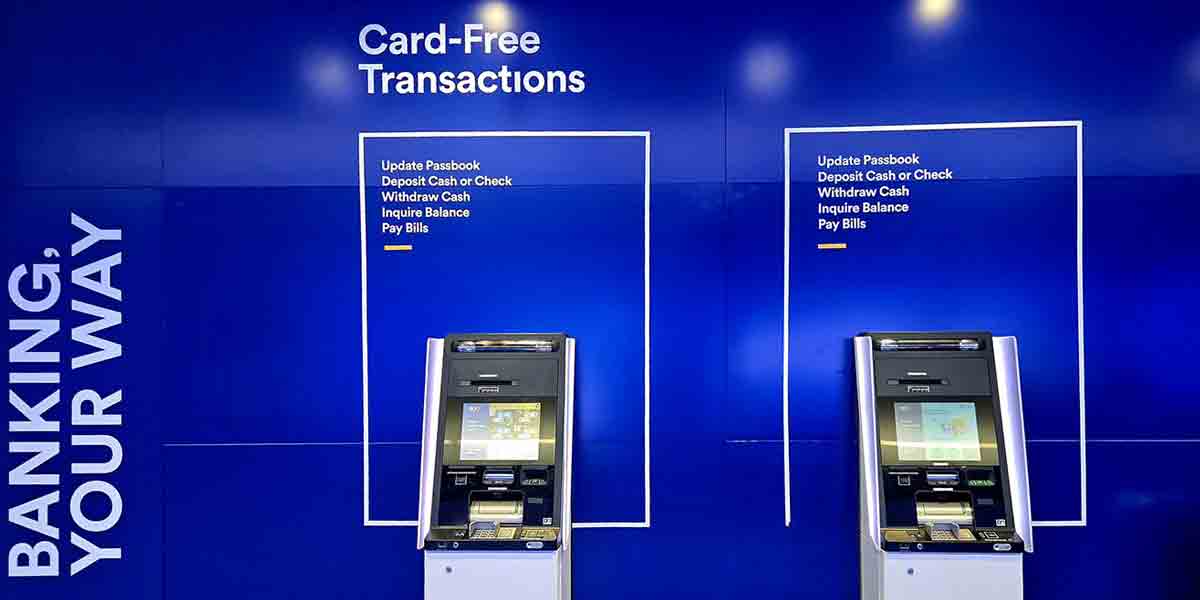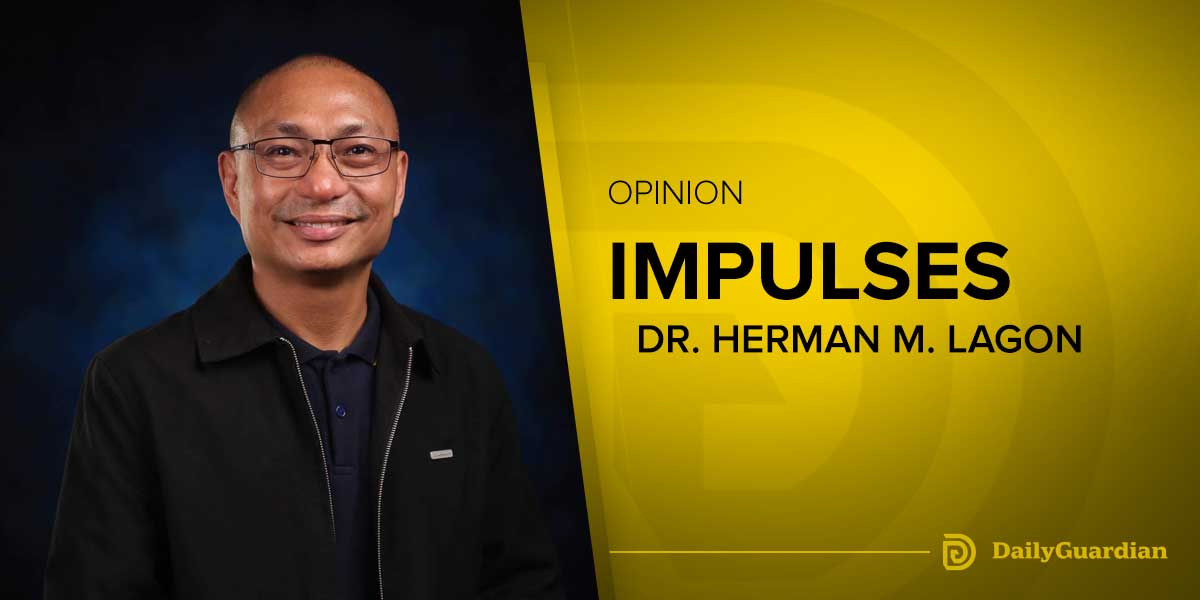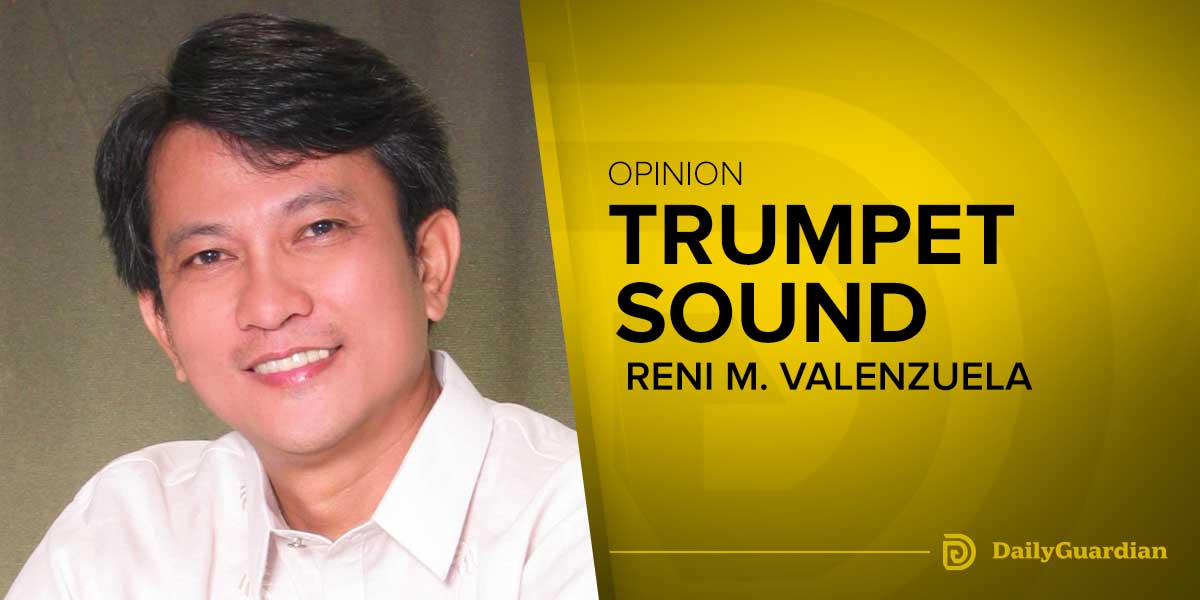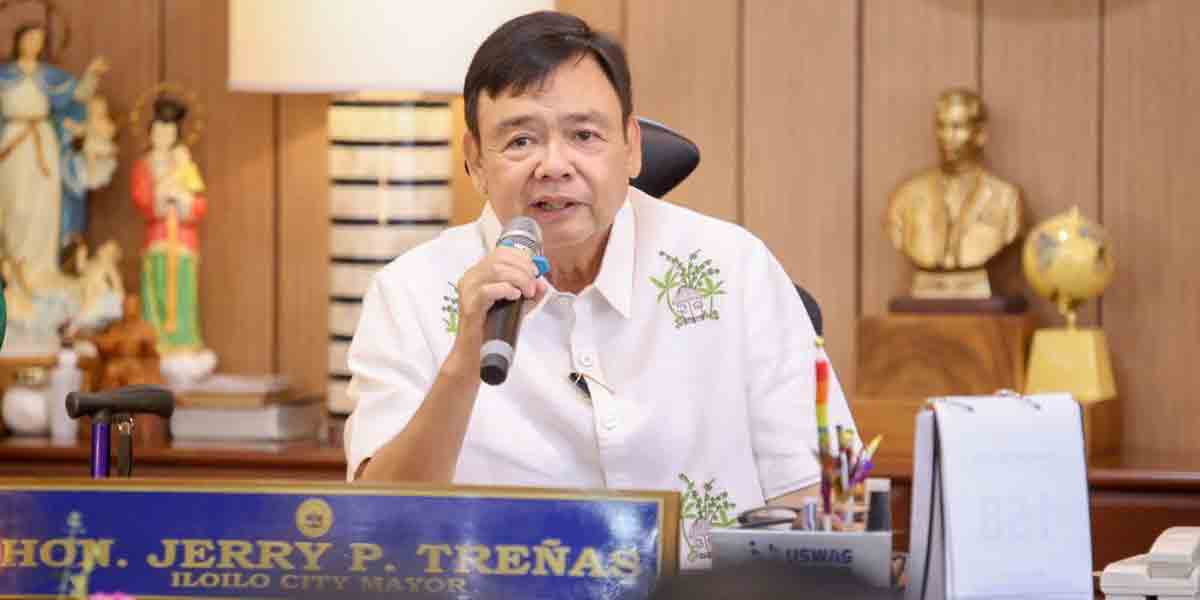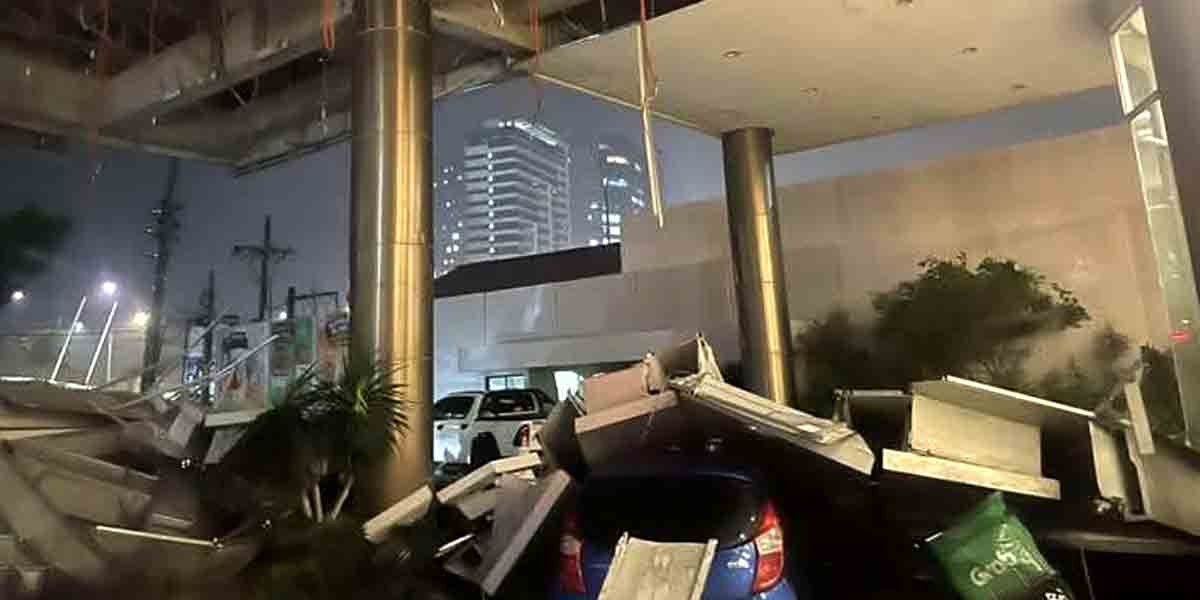The rollout of the PHP20-per-kilogram rice program in Western Visayas, with stocks sourced from Iloilo, marked a symbolic victory for President Ferdinand Marcos Jr.’s administration.
But as the first grains are scooped into the bags of low-income families, harder questions are beginning to surface.
Can Iloilo and the rest of the country realistically sustain this program beyond its initial run to 2025, and the potential extension until 2028?
At the heart of the issue is the PHP3.5 to PHP4.5 billion annual cost to sustain the subsidy.
This figure assumes that global rice prices remain low and that buffer stocks stay full—two assumptions that recent history has shown to be dangerously volatile.
When prices spiked globally last year, even the best intentions to sell rice at PHP20 were shelved.
Today’s conditions, described by Agriculture Secretary Francisco Tiu Laurel Jr. as favorable, may not last.
Meanwhile, the financial mechanics raise deeper concerns.
Where will this money come from, year after year?
Will the Department of Agriculture divert funds from irrigation, mechanization, or farmer support programs just to underwrite cheap rice for consumers?
Will local government units, already straining under numerous mandates, have the fiscal room to co-finance the subsidy?
Iloilo Governor Arthur Defensor Jr. was right to point out that identifying funding sources is a priority even before a full rollout.
Otherwise, the program risks cannibalizing resources meant for long-term agricultural development.
There is also the uncomfortable reality that this program is built heavily on existing rice buffer stocks.
The DA admitted needing to “move out” its massive inventory of palay to clear warehouses during harvest season.
In other words, the PHP20 rice dream is possible now because the government has a temporary surplus, not because the system is structurally sound.
But what happens when the warehouses are no longer full?
Palay production in Western Visayas, particularly in Iloilo, has been declining steadily—from 2.3 million metric tons in 2021 to just 1.8 million metric tons in 2024.
Area harvested has also shrunk, wiping out nearly 100,000 hectares over three years.
Relying on an eroding production base to sustain a growing subsidy program is a recipe for future crisis.
Subsidized rice at PHP20 also risks distorting the broader rice market.
It could unintentionally depress farmgate prices, discourage traders, and weaken the natural market channels that move rice from farm to table.
Private sector players, already operating on slim margins, may find it harder to compete against government-subsidized outlets.
Inflation control might look good on paper today, but the longer-term health of the rice economy could be compromised.
The broader economic opportunity cost must also be considered.
How many urgently needed agricultural infrastructure projects will be sidelined to fund PHP20 rice?
Every peso allocated to short-term subsidies is a peso not spent on building irrigation systems, upgrading post-harvest facilities, or expanding hybrid rice production.
Farmer welfare, which depends on investment rather than consumption subsidies, could suffer in the medium and long term.
The tug-of-war between national policy ambitions and local government capacity is another ticking time bomb.
While Iloilo is among the better-equipped provinces to operationalize the program, many LGUs across Regions 6, 7, and 8 are not.
Without clear national-local funding and implementation mechanisms, delays, confusion, and uneven benefits are inevitable.
At the strategic level, the risk is that short-term political gains will undermine long-term food security.
Subsidies are attractive today but could discourage investments in farming tomorrow, leading to deeper structural shortages.
When farmers are forced to sell cheaper without support, when traders exit the market, when buffer stocks are depleted, the system will not be able to hide the cracks with slogans or ceremonies.
Cheap rice today could mean empty bowls tomorrow.
Western Visayas, and the nation at large, deserve a sustainable and inclusive food security strategy, not a race toward unsustainable populism.
The promise of PHP20 rice was electrifying during the campaign.
But fulfilling it should not come at the cost of crippling the very agricultural sector it is meant to help.
The real victory will be when Filipinos can buy affordable rice because farmers are prosperous, the sector is productive, and the system is resilient—not because the government is running clearance sales on buffer stocks.
Until then, caution is not cynicism.
It is simply responsibility.


